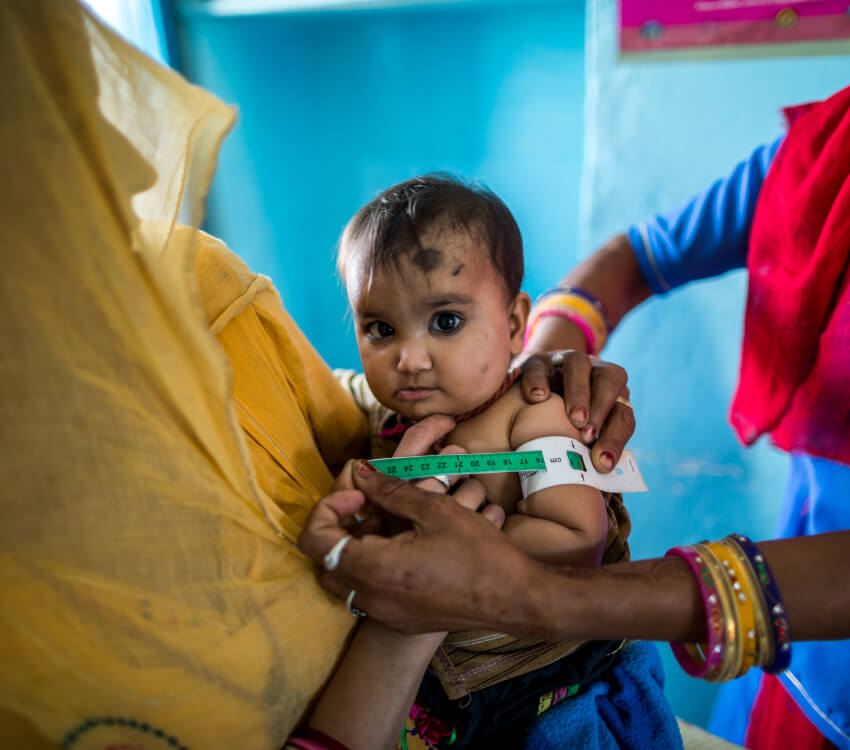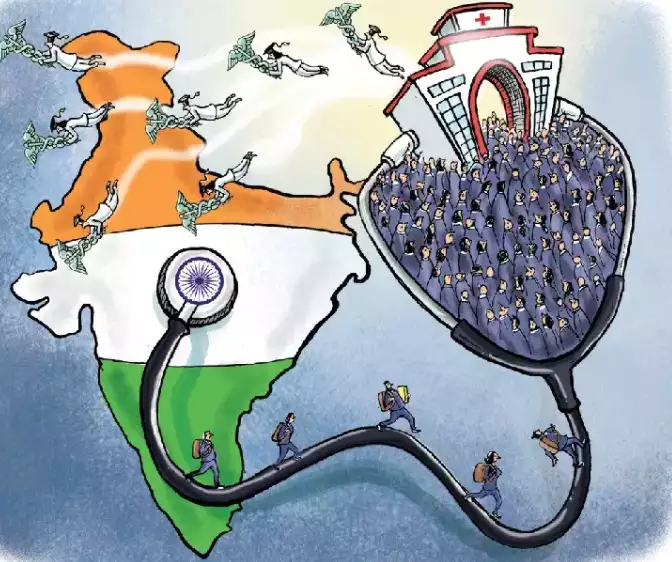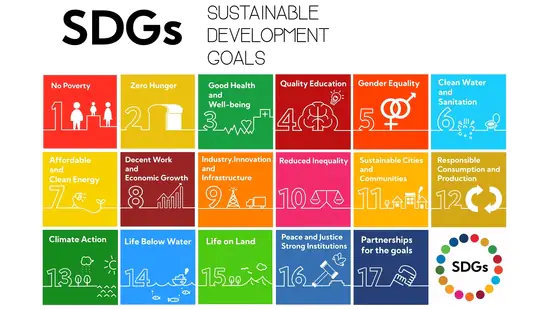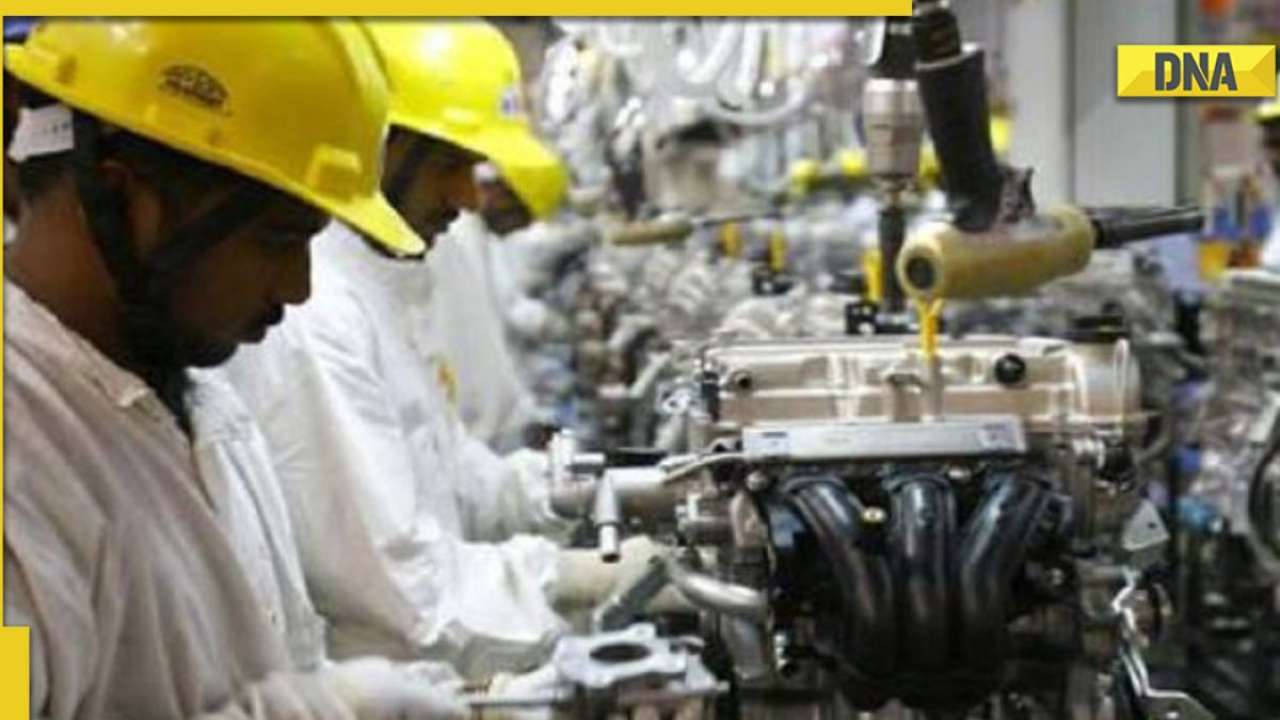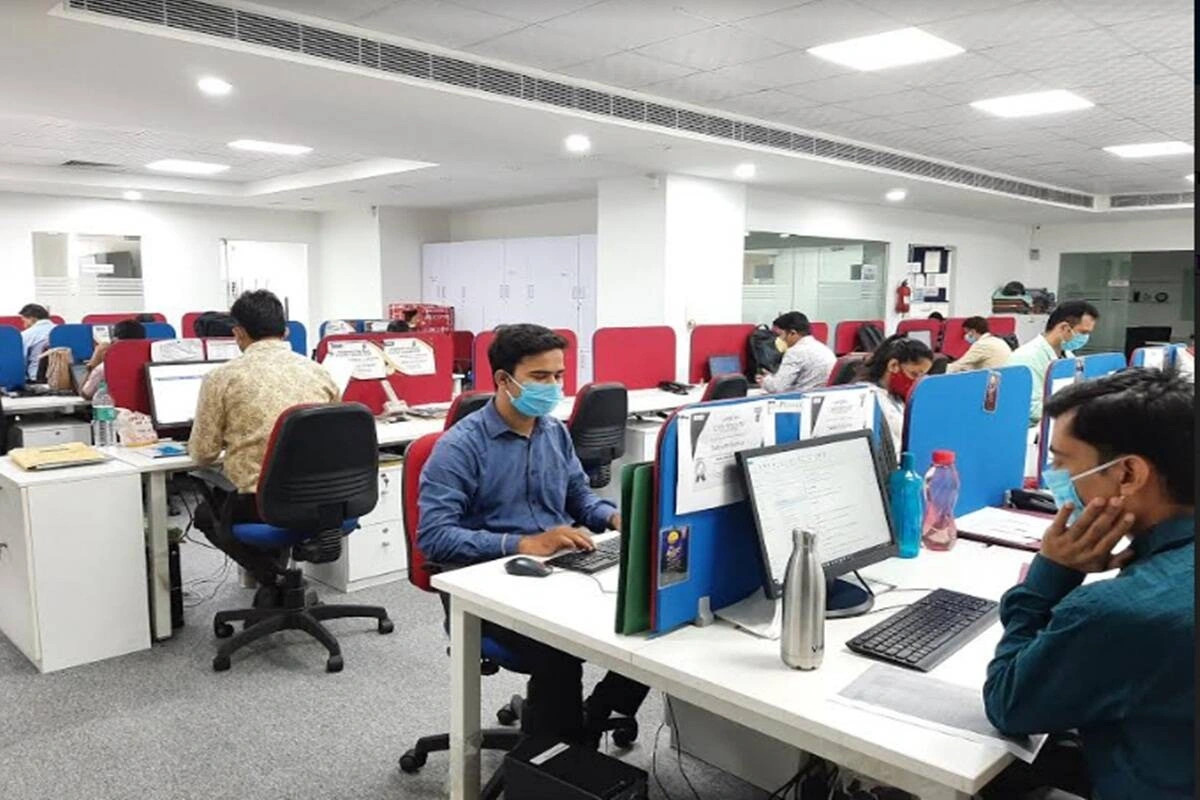Water supply and sanitation infrastructure and services are become increasingly susceptible to the impacts of climate change. Climate change is manifesting itself in the form of more frequent and/or more severe extreme events such as floods and droughts, shifts in rainfall patterns, and local temperatures. Severe and frequent droughts and floods have the potential to adversely affect availability and quality of surface and ground water, which can in turn threaten water security. Since water supply and sanitation services are typically delivered via networks infrastructure with large geographic spreads, this makes them quite vulnerable to disruption from natural hazards. Water and wastewater systems have a two-way relationship with climate change. While the water-energy nexus has been well-known and well-researched for several decades, the water-energy-carbon nexus is receiving greater focus now. In simple terms, increasing demand for water lead to increasing energy use (in water and wastewater systems), which in turn leads to higher carbon emissions that drive climate change, whose effects negatively impact availability of both water and energy. It is therefore quite essential to move to a low-carbon pathway to break this nexus.
Both the water and wastewater sector offer ample opportunities for contributing to climate mitigation by way of reducing greenhouse gas emissions and their effects. This is possible by reducing energy consumption by improving energy efficiency, improving water-use efficiency, promoting use of renewable energy, recovering energy from wastewater, reducing direct emissions from wastewater management, and offsetting carbon emissions by re-using wastewater by-products.
Addressing climate change related challenges requires mainstreaming climate considerations into our priorities. In India, our current priorities are achieving universal coverage of piped water connections in all urban and rural areas, piped sewer connections in larger cities, and combinations of network and decentralised sanitation solutions in smaller urban and rural areas, while meeting the national service standards. These targets are being pursued within a challenging context of increasing population, increasing urbanisation, reducing per capita water availability, environmental pollution, and limited budgets available with central and state governments. These targets also link up to the UN Sustainable Development Goal (SDG) SDG 6: Ensure Availability and Sustainable Management of Water and Sanitation for All. Achieving carbon neutrality and climate resilience in the water and sanitation sector also aligns with SDG 6. Hence, this needs to be gradually mainstreamed in our current set of priorities.
Investments in climate resilience will prove to be smart and cost-effective in the long-term. It is no longer sufficient for our urban water utilities to plan and undertake infrastructure improvements only; we must ensure that the infrastructure is resilient against climate-change induced hazards such as floods, droughts, etc. Resilience implies capacity of a system to manage disruption, recover from shocks and stresses, and to adapt and grow from a disruptive event. The World Bank has estimated1 that improving climate resilience costs about 3% of the capital investment amount upfront; compared to this, every dollar spent on resilience saves up to four dollars in costs incurred due to service disruptions.
We need to shift from our current approach to design infrastructure components to meet specified standards. Climate change is reducing the reliability of current design methods involving statistical analysis of climate data, since methods rely purely on historical data and do not consider any changes or shifts in underlying statistical distributions. Newer approaches need to focus on achieving robustness across a wide range of possible scenarios. This will require a flexible approach to address a wide range of future scenarios considering the likely impacts of climate change and uncertainty associated with climate change projections. Our national water design standards do need to adapt quickly to allow such resilience-oriented approaches to be adopted. This is an urgent requirement, especially because major water and wastewater infrastructure will be created in the next five years under mission mode across urban India.
In India, we have already started to align major national missions with national climate change objectives. Aligning to the National Mission on Sustainable Habitat, under the National Action Plan on Climate Change (NAPCC), the Smart Cities Mission under the Ministry of Housing and Urban Affairs (MoHUA) launched the “ClimateSmart Cities Assessment Framework” in February 2019. The first assessment established a baseline for 96 cities across India. Version 2.0 of this framework, which was launched in 2020, provides 15% weightage to the Water Management sector. This includes six indicators which are: water resources management, extent of non-revenue water, wastewater recycle and reuse, flood/water stagnation risk management, energy-efficient water supply system, energy-efficient wastewater management system.
IPE Global has been actively contributing to development of climate resilient infrastructure in various parts of the country. One recent example is the installation of solar PV panels at Gaughat, Undasa, and Ambodia water treatment plants in Ujjain via MPUVNL under the Smart City Project. This has resulted in reduction of fossil fuel consumption along with annual savings of approx. 3 crores in expenditure for local utilities. One of the most exciting developments in this space is the Climate Resilient Water Investment Challenge (CRWIC). IPE Global is currently preparing this investment challenge in collaboration with the Agency Française de Development (AfD), German Development Bank (KfW), and the Ministry of Housing and Urban Affairs, Govt. of India, under the aegis of AMRUT 2.0. This is a 400 million Euro program, which will curate and fund implementation of large pilots that mainstream climate considerations in a scalable and replicable manner. CRWIC will also generate awareness on processes to catalyse mainstreaming of climate considerations in planning and implementation of urban water supply and wastewater projects across India. The above efforts and other projects being undertaken across the country will help in mainstreaming climate considerations and ultimately accelerate the transition towards climate resilient water and sanitation infrastructure in India.





